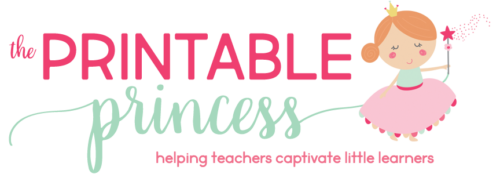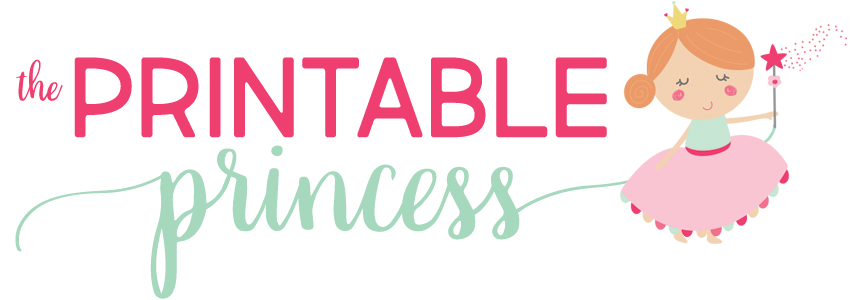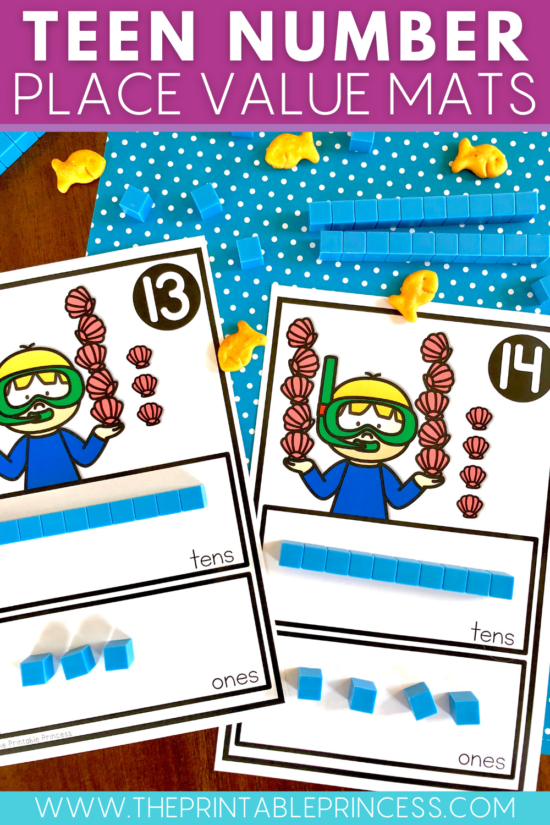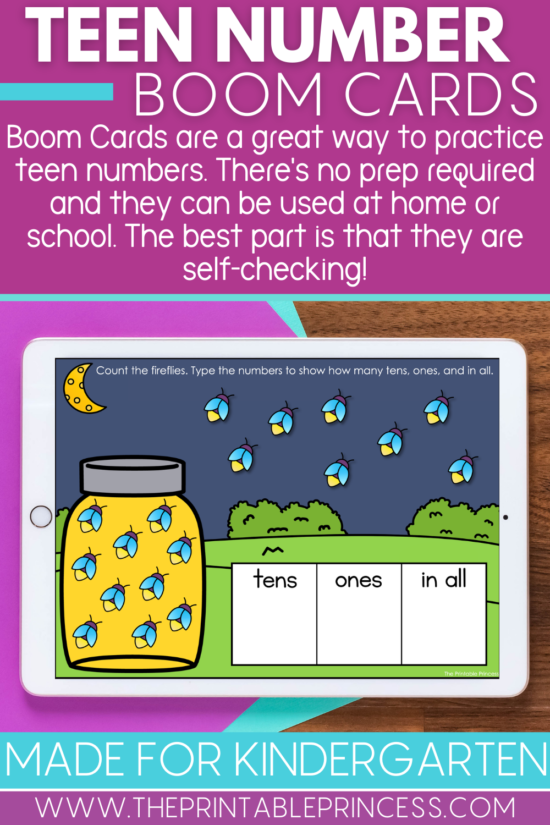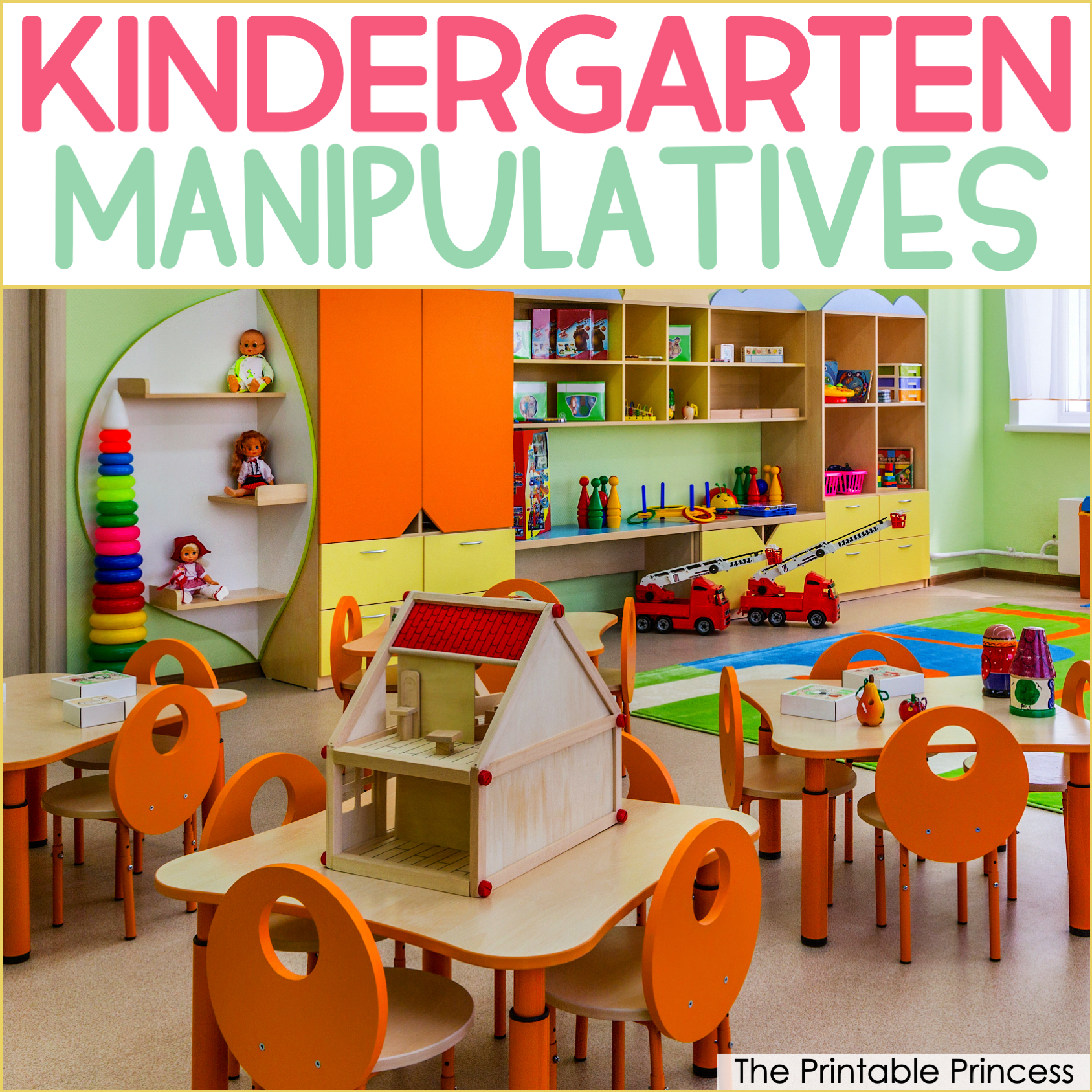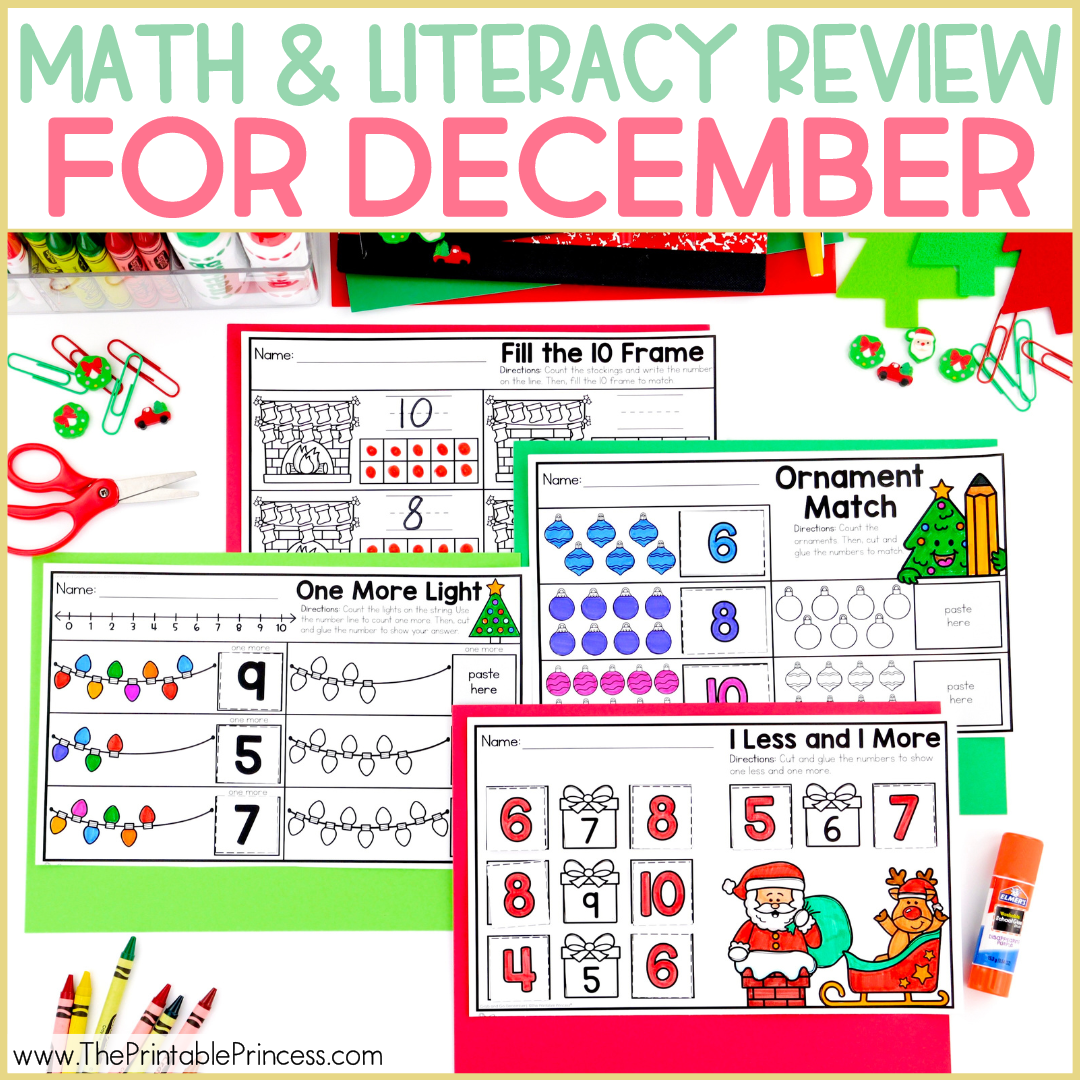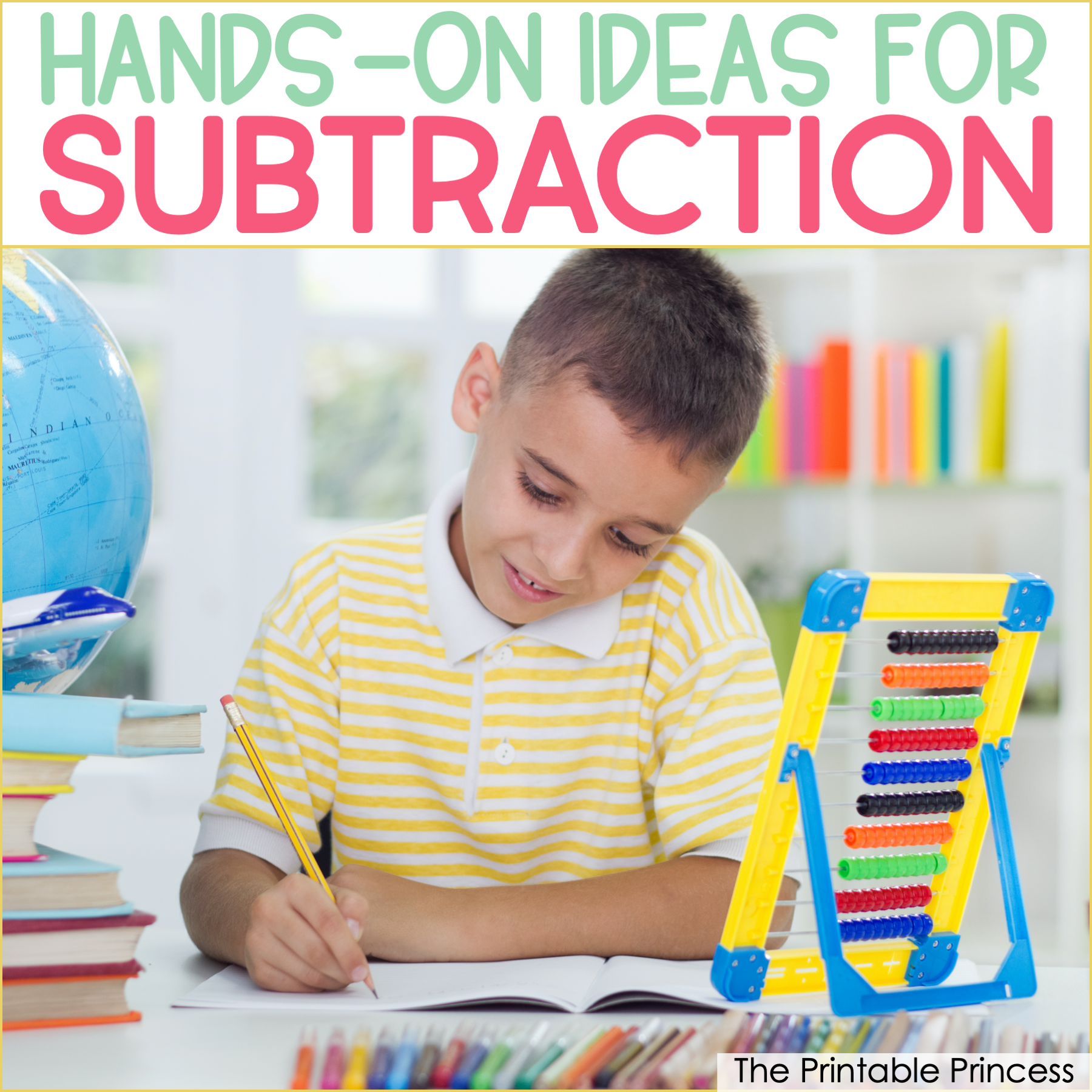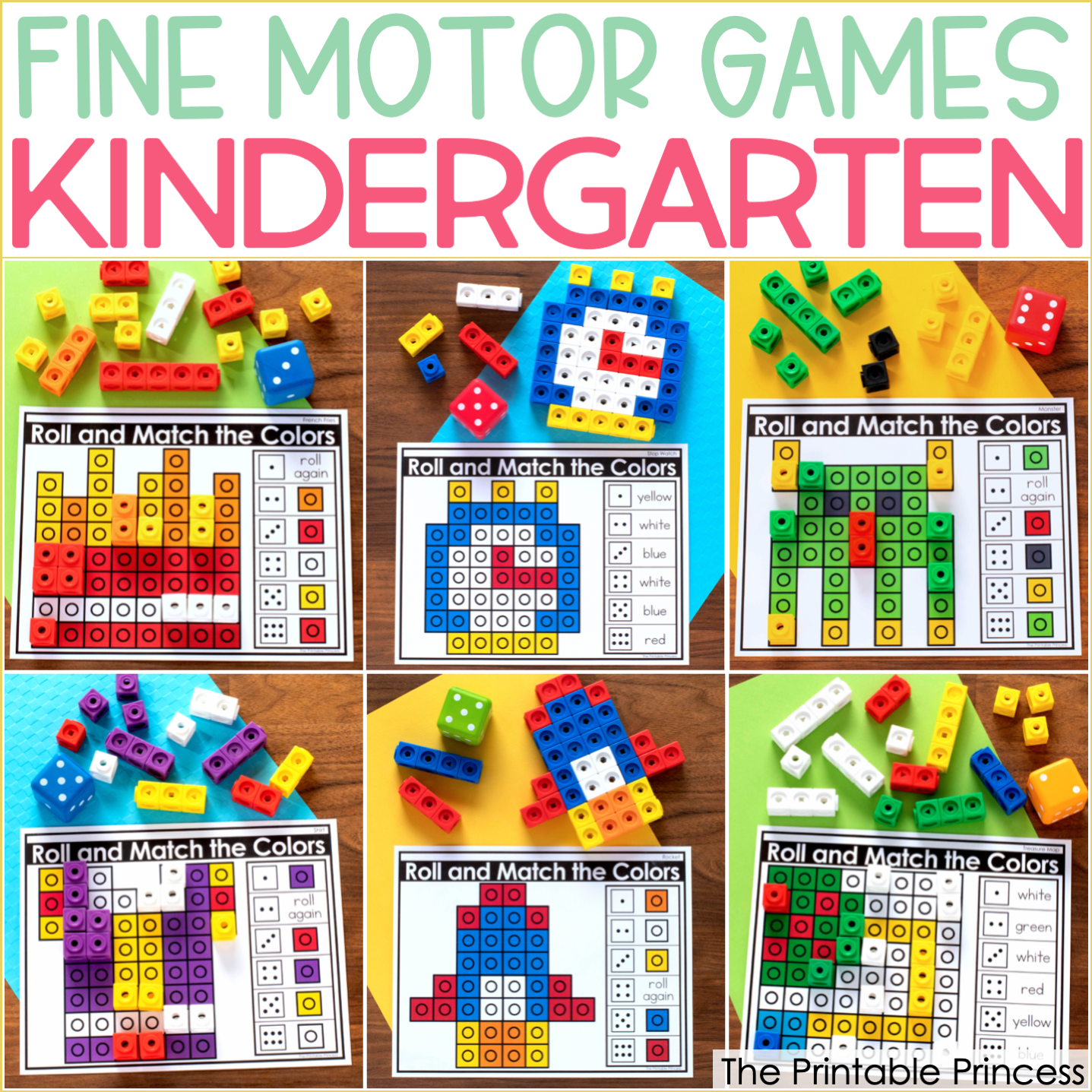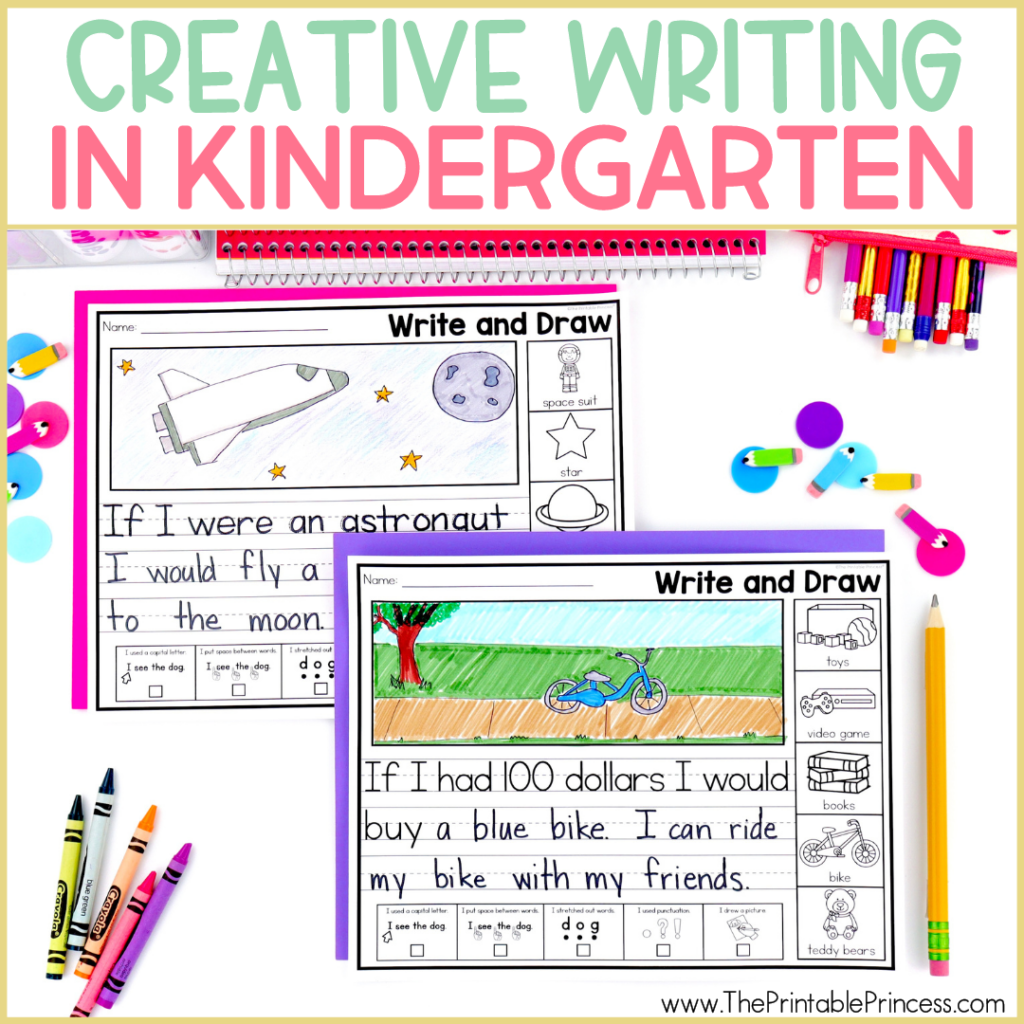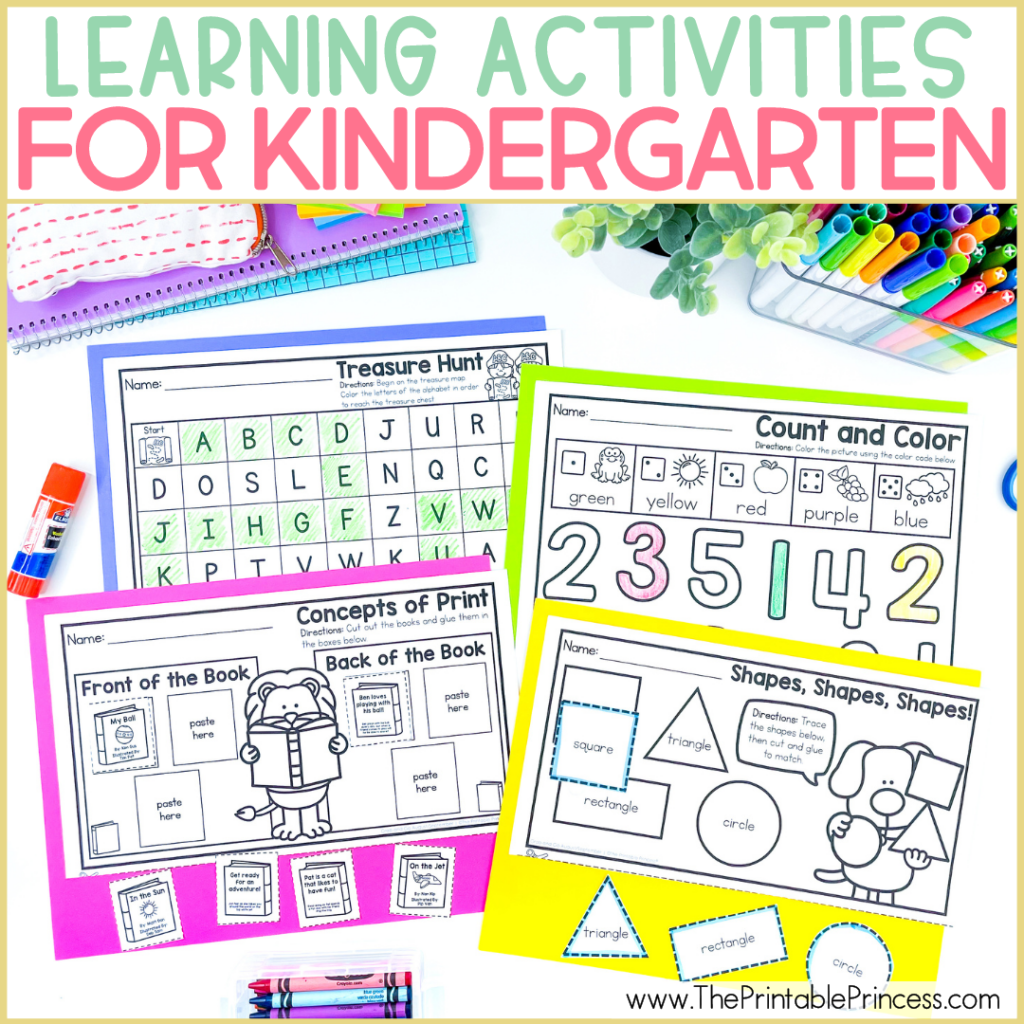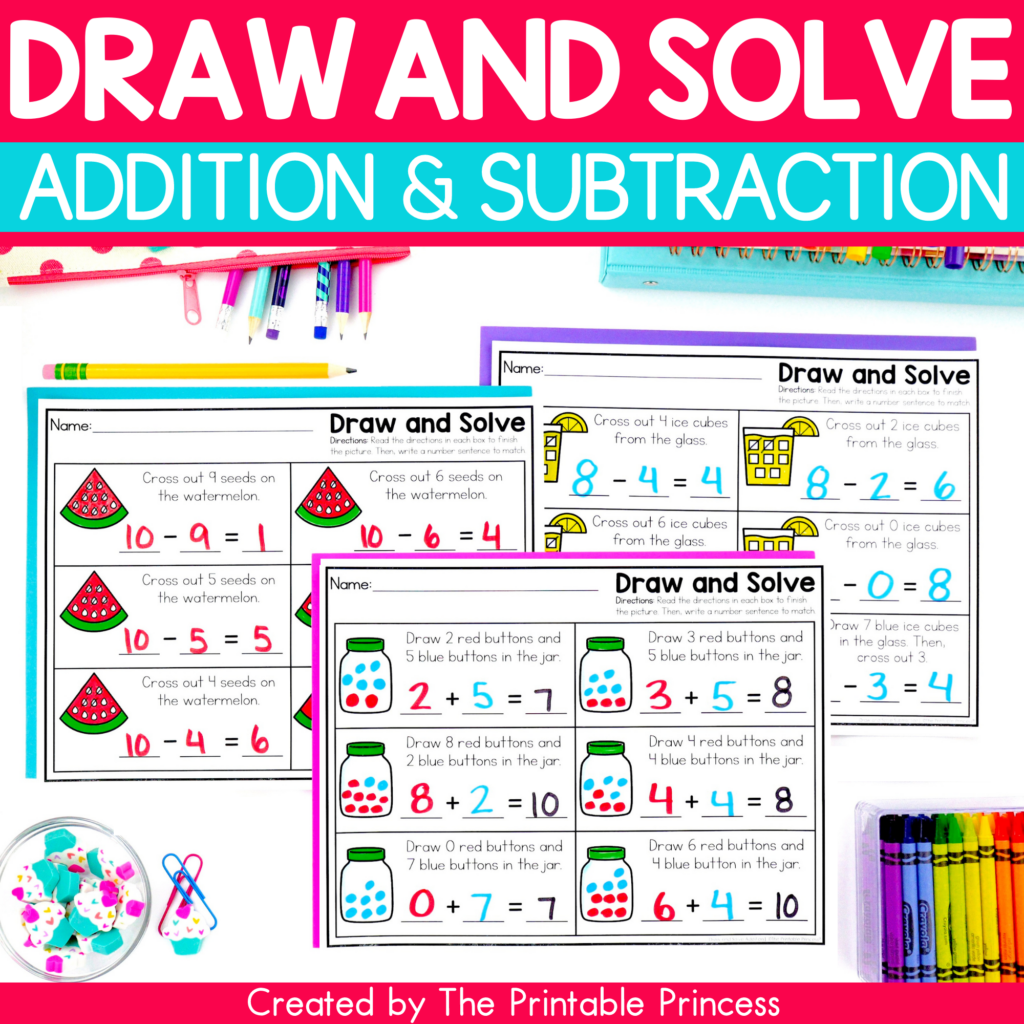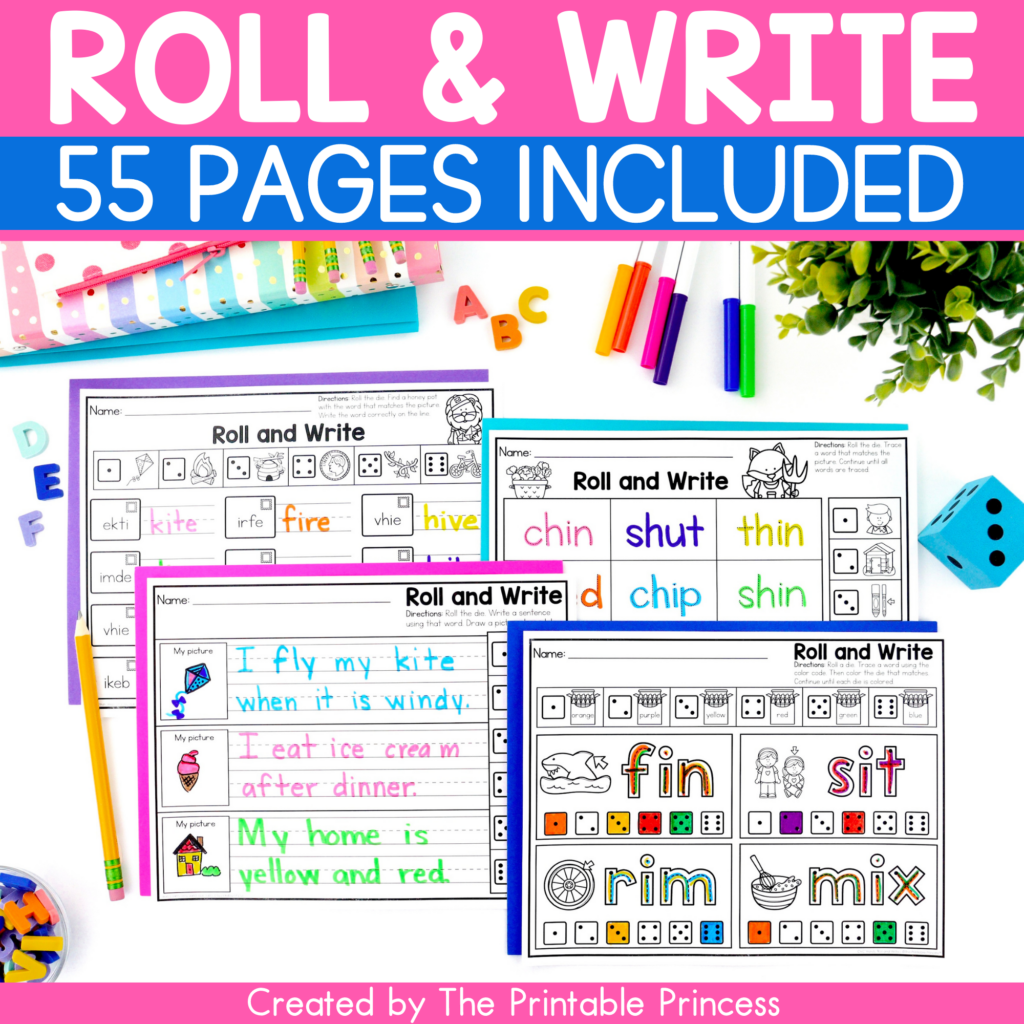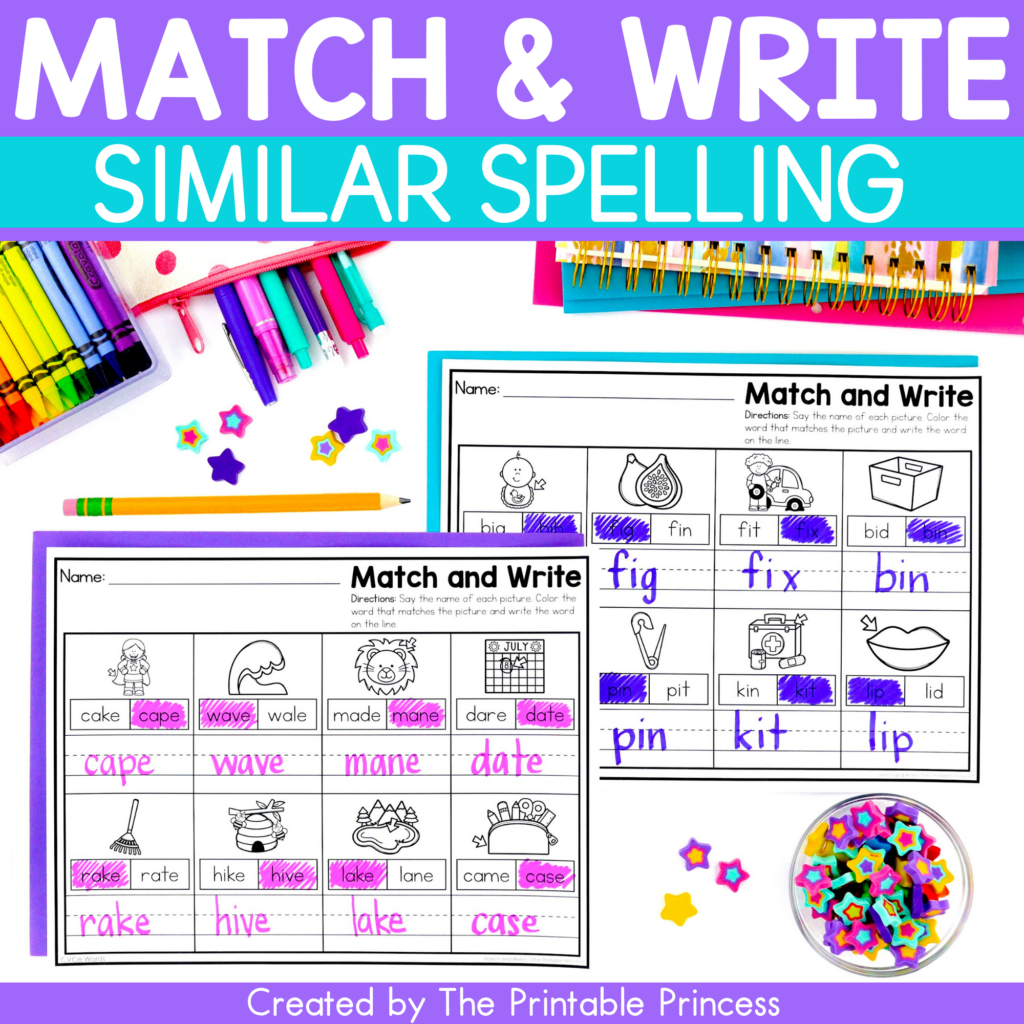6 Ways to Teach Tricky Teen Numbers
Number sense is a key element of kindergarten math. The first half of the year is spent mastering numbers to 10 and learning how to make 5 and 10. After the second semester hits, it's officially time to teach numbers 11-19. These teen numbers can be tricky for students to grasp, especially if they're still working on numbers to 10.
Today, I'm excited to share with you 6 ways that you can teach numbers 11-19 that will not only be effective for your students' learning, but that will leave them feeling joyful and more confident in their skills.
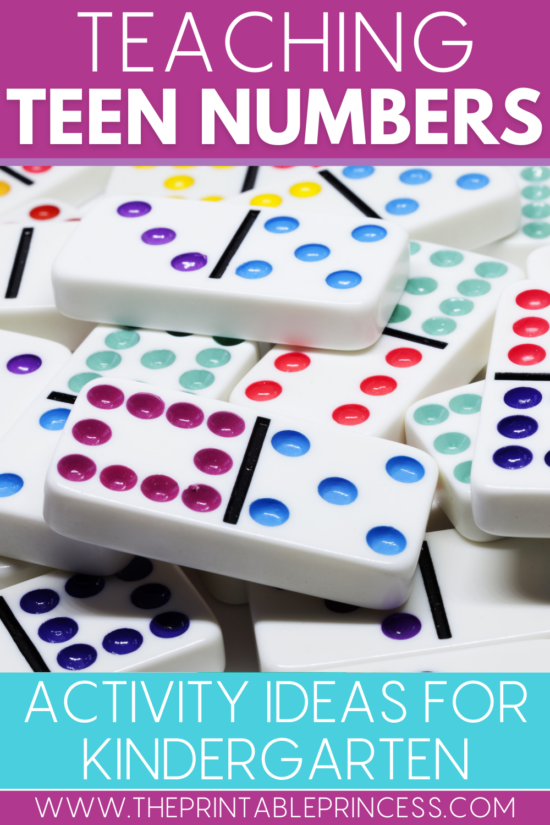
#1. Teen Number Ten Frame Fill
I may be biased, but I truly believe ten frames are one of the best manipulatives to teach numbers 11-19. They give students such a great visual for breaking teen numbers down into groups of tens and ones.
For this activity, build a double ten frame on the carpet using painter's tape or duck tape. (You can find fun colors and patterns of duck tape at the craft store). You can also use number mats for this activity.
Next, fill up the top ten frame with 10 colored party plates. You can also use bean bags, mini erasers, pom poms, or anything that you have in your classroom. Write teen numbers on notecards or use number flashcards that you already have and mix them up, laying them face down.
Students will take turns drawing a teen number card and using the party plates to count on from ten, filling the second ten frame to build the teen number. All students will write the teen number on a whiteboard and say the number sentence aloud. For example, “10 and 5 makes 15.”
#2. Act It Out!
This activity for helping you teach numbers 11-19 is a 2-for-1 teacher deal as it serves as a great number sense activity AND a brain break! To play, write down different moves on notecards, such as hop, jumping jack, arm circle, squat, etc. You will also need a stack of notecards with teen numbers written on them.
Each student will take turns drawing a move card and a number card. They'll read the number aloud and lead the class as they count and act out that many moves together as a class. This gives students the opportunity to learn kinesthetically and get their wiggles out. Active learning at it's finest. 🙂
#3. Base Ten Teen Numbers
Another great strategy to help teach numbers 11-19 is to break them down with base 10. You'll need those same teen number cards from the previous activities and base 10 blocks. You can get creative and use pretzel rods and marshmallows for the tens and ones also. After math class, your students will have a sweet treat to enjoy.
Have the students take turns drawing a number card, reading it aloud to the class, and building the number with their base 10 manipulatives on either their desk, a paper plate, or a place value number mat. This would be a great whole group activity to practice the skill or a small group activity to help students grasp the concept and work on the numbers they need to focus on most.
#4. Base 10 Teen Number Boom Cards
Working with teen numbers using the base 10 strategy is a deep concept for kindergarteners. Therefore, giving them several opportunities to work with this strategy is key. Incorporating technology into the learning with base 10 teen number Boom Cards is an interactive way for students to practice and get instant feedback with these 27 self-checking digital task cards.
They'll practice looking at the base 10 blocks and determining the teen number shown as well as looking at the picture and determining how many tens and ones there are and how many there are in all.
#5. Number Chart Mix Up
Kindergarteners love playing a good game of “fix up the mix up!” Good news for you, it's simple prep, too. As in, you can get this ready during their recess time and STILL have time to run to the bathroom. #teacherproblems right?! 🙂
Use any number cards that you have and place them in counting order, either in a pocket chart, on a table, or on the carpet. If you have a 100's pocket chart in your classroom, that would work great. Then, mix up a few numbers so they're out of order. Have students take turns finding the mix up and fixing it up to put them back in order.
As their skills grow, you can mix up more numbers and add bigger numbers. You could eventually work up to 100. After each round, have your students close their eyes as you mix them up again.
#6. Mystery Teen Numbers
The last idea to teach numbers 11-19 will have your little detectives begging for more mystery math! To play, give students a hint as to what the number is, such as, “I'm larger than 12 but smaller than 14. Who am I?”
They'll use their critical thinking skills to determine what the number is. This would be a great small group or math center activity to do at a table near a number line or number chart in your classroom. Once they determine the number, they'll use jumbo tweezers to count that many marshmallows or pom poms into a plastic cup for a little fine motor practice.
Do you have an extra pep in your step now that you have 6 fresh ways to help your students learn those tricky teens? If you liked any of the resources found in this blog post, you can check them all out plus more in my numbers 11-20 bundle. This might just be your tricky teen best friend!

